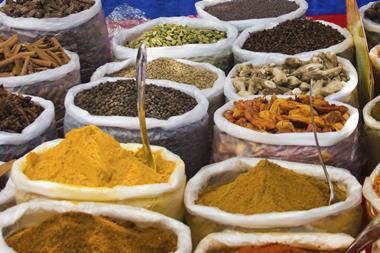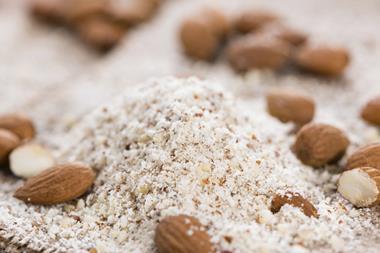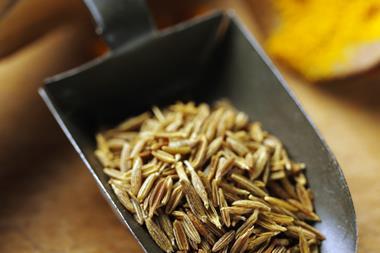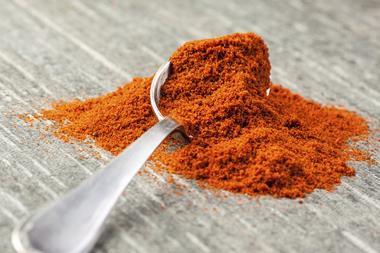Spice prices have come under scrutiny after positive tests for contamination with nut protein prompted product recalls.
Concerns first came to light in the US two months ago, with notification that cumin supplied to Texas-based Adams Flavors, Foods & Ingredients might contain peanut. This prompted testing on UK products by the FSA and suppliers, and also revealed issues with paprika.
Some observers have suggested cumin contamination was a result of deliberate adulteration, with spice ‘bulked out’ after prices soared. And, while experts say there is as yet no evidence of fraud, businesses will be watching spice prices to identify the potential pressure points.
“We are liaising with all our suppliers for insights into the potential next ingredients to come under scrutiny,” said EHL Ingredients sales director Tasneem Backhouse.
In the case of Indian cumin, the price is up 39% year on year [Mintec] after rising in the wake of delayed plantings, and production is forecast to be below last year’s 341,000 tonnes.
Indian turmeric is also under pressure, with prices up 40% since October and up 29% year on year due to weak crops. And, while the new crop is to arrive in March, some quality issues have been reported recently.
Meanwhile, the price of coriander seed from India has fallen slightly since December, but is up 34% year on year following poor quality crops dragging down supply levels in the main growing regions of Madyapradesh and Rajastan.
And chilli prices are up 40% year on year in India after heavy rainfall delayed transplantation and harvest of a crop already in short supply.
The price of black pepper is declining, however, as new crop arrives into the market, and main Indian pepper growing regions Karnataka and Kerala expect strong crops this season.
Close menu
- Home
- Retail & Wholesale
-
Products & Suppliers
- Back to parent navigation item
- Products & Suppliers
-
Product Categories:
- Back to parent navigation item
- Product Categories:
- Alcoholic drinks
- Bakery
- Cereals & breakfast
- Cheese
- Chicken & poultry
- Chocolate
- Confectionery
- Crisps, nuts & snacks
- Dairy
- Fish
- Fresh produce
- Frozen
- Household
- Meat
- Own Label
- Sauces & condiments
- Seasonal
- Soft drinks
- Vaping
- Vegan & plant-based
- World foods
- Suppliers
- People
- Reports & Data
-
Topics A-Z
- Back to parent navigation item
- Topics A-Z
-
Popular topics:
- Back to parent navigation item
- Popular topics:
- Cost of living crisis
- Crime
- Deposit Return Schemes
- Finance
- Government & Regulation
- Health
- Inflation
- Loyalty
- Marketing
- Mergers & Acquisitions
- New Product Development
- Sourcing
- Supply chain
- Sustainability & environment
- Technology
- Ultra Processed Foods
- Vaping
- A-Z all topics
- Content by type:
- Events
- Subscribe now
Sign in to comment on this article
Not logged in before? Register for FREE guest access today.
You will be able to:
- Read more stories
- Receive daily newsletters
- Comment on stories
Advert



















No comments yet